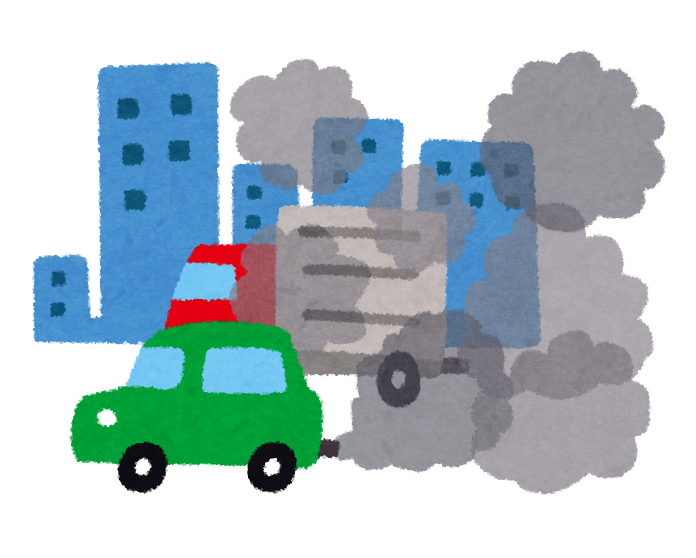Problems of Traffic Jams

We will see how the traveling speed, economic losses, atmospheric conditions and noise situation will become when traffic jam occurs.
Driving speed
- General Roads
- The word, general roads, indicates too large range, so we will see the driving speed in ※DID (Densely Inhabited District).
※DID (Densely Inhabited District): A district that the population of it is over 5000 a square kilometers.
The figure below shows the driving speed in DID at its peak.
As we can notice from the figure below, actually over 40% of cars slow down to 20 km / h or less, which is defined as traffic jam on general roads.

Driving speed at congestion in DID (Densely Inhabited District) [km / h]
http://www.sapjp.com/blog/archives/10833 reference - Highway
- Depending on the severity of the traffic jam, usually the speed of cars are often falling around 10 to 25 [km / h].
http://drive.japanda-ch.jp/column/s_shimizu/03.html reference
Economic Loss
| Lost time due to traffic jam is about 30 hours per citizen per year, and when it is converted to currency, it reaches 12 trillion yen. So, traffic jam also causes a decline in economic efficiency.
http://www.mlit.go.jp/road/sisaku/tdm/Top03-01-01.html reference |
 |
Atmospheric Condition
| Since the car caught in the traffic jam stops with the engine on, the exhaust gas from the car is constantly released. |  |
Noise Pollution
| Since the engine is always on, the sound of the engine and horn are noisy, too. |  |
Air condition and noise situation are based on actual experiences.
| ←BACK Cause of Traffic Jams and Solutions | NEXT→Experiment |


 JAPANESE
JAPANESE ENGLISH
ENGLISH

